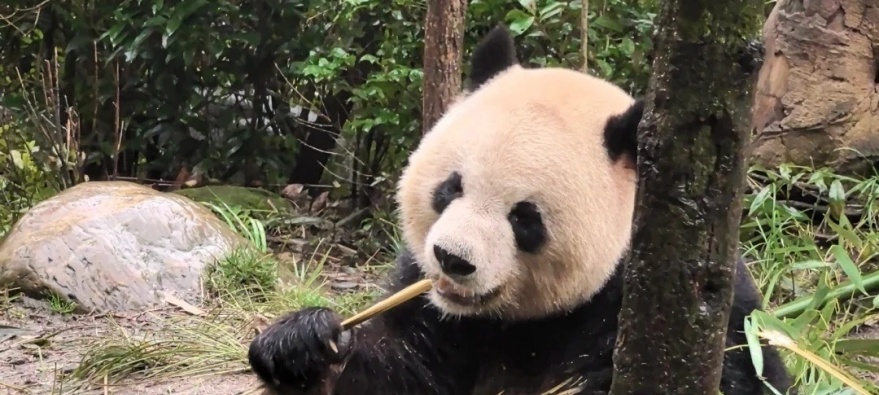
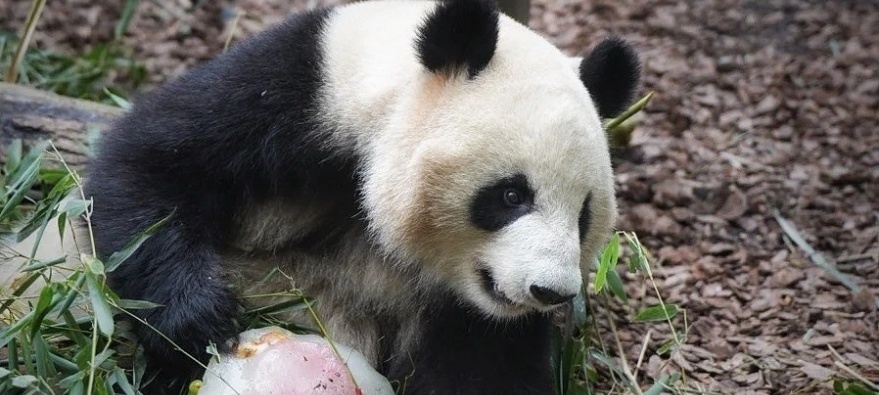
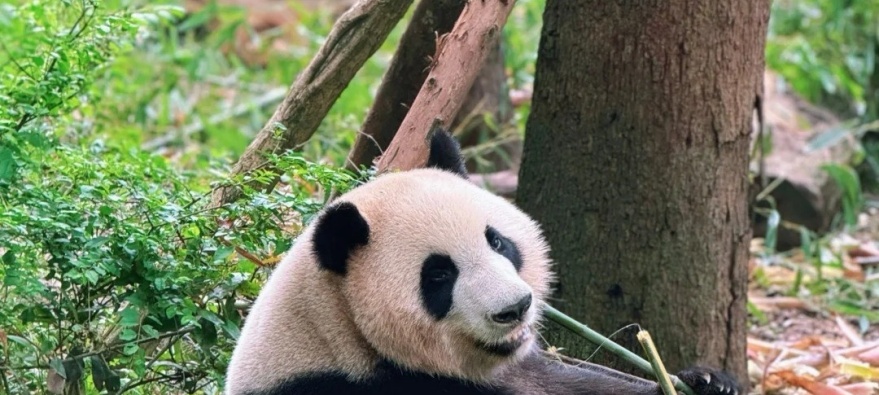
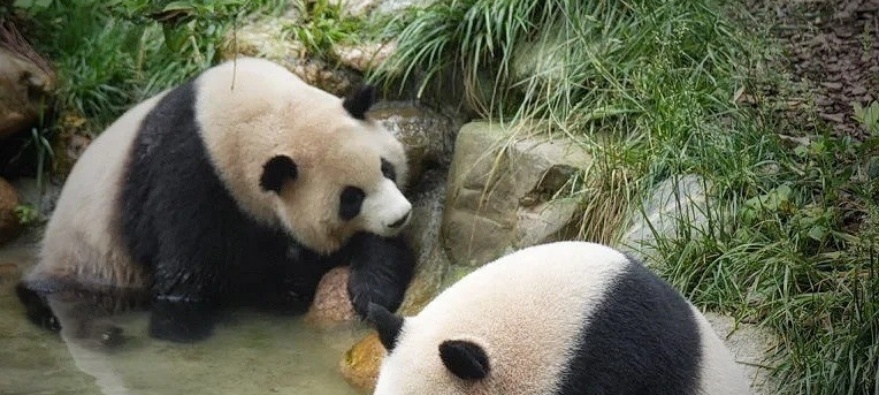
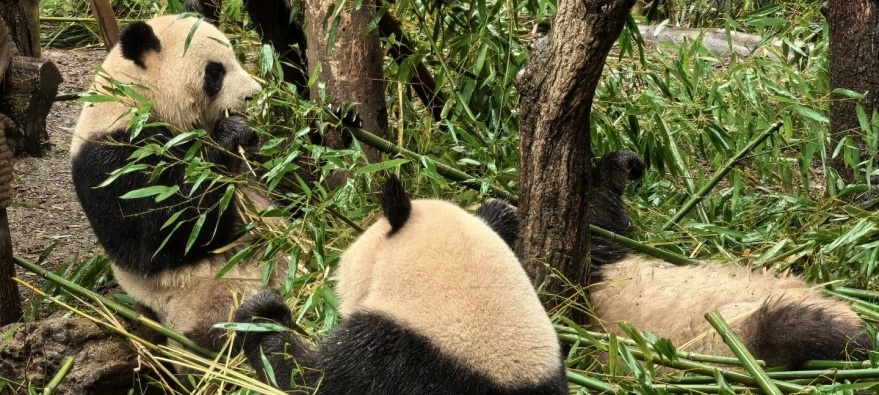





Panda Valley
Nestled in Chengdu’s misty mountains, this eco-haven is a sanctuary for giant pandas, offering a rare glimpse into their playful world. Part research base, part wildlife sanctuary, it’s a heartwarming spot to witness China’s conservation efforts—and maybe even volunteer to prep a panda’s bamboo buffet!
1. Attraction Introduction
Panda Valley, located in Dujiangyan City (60km from Chengdu), is a lesser-known but immersive panda conservation base focused on wilderness training for giant pandas before their release into the wild. Operated by the China Conservation and Research Center for the Giant Panda, it offers a more natural and less crowded environment compared to Chengdu Panda Base. Visitors can observe pandas in semi-wild habitats, hike through bamboo forests, and learn about panda reintroduction programs.
2. Historical Background
Panda Valley is an important panda conservation and reintroduction center. It was established in 2012 as part of China's panda rewilding program, aiming to prepare captive-born pandas for release into the wild. Unlike traditional panda breeding centers, Panda Valley is designed to mimic a real natural habitat, allowing pandas to develop survival skills in a semi-wild environment.
The project was initiated by the China Conservation and Research Center for the Giant Panda (CCRCGP) and is one of the key sites for scientific research, education, and panda rehabilitation. Over the years, Panda Valley has successfully transitioned several pandas into the wild, contributing to the growth of the wild panda population.
Today, Panda Valley is not just a research center but also a tourist-friendly panda reserve, offering visitors a more natural and less crowded environment than the famous Chengdu Panda Base. It provides a unique opportunity to observe pandas in a near-wild setting, learn about panda conservation, and enjoy the beautiful bamboo forests of the region.
3. Attraction Map & Key Spots
Semi-Wild Panda Enclosures: Open-air habitats where pandas roam with minimal human contact.
Bamboo Forest Trails: Scenic hiking paths with interpretive signs about panda diets and habitats.
Research Center: Displays on panda conservation (limited public access).
Red Panda Zone: A separate area for adorable red pandas (lesser-known highlight) .
4. Recommended Routes
Half-Day Classic: Entrance → Semi-Wild Enclosures → Bamboo Trail → Red Panda Zone (2–3 hours).
Full-Day Deep Dive: Adds the Research Center exhibition and extended forest hike (5–6 hours).
5. Best/Avoid Seasons to Visit
Best: March–May (cool weather, active pandas) & September–November (avoid summer crowds).
Avoid: July–August (hot weather; pandas are less active) and Chinese holidays (limited ticket availability).
6. Transportation Guide
Location: Dujiangyan City, Sichuan (~1.5h from Chengdu).
Public Transport:
Chengdu → Dujiangyan: High-speed train from Chengdu Railway Station (15RMB, 30min).
Dujiangyan → Panda Valley: Taxi (50RMB, 20min) or bus #19 (5RMB, 40min).
Private Car: 80km via Chengdu–Dujiangyan Expressway (1.5h).
Nearest HSR/Airport: Chengdu East Station (60km) / Chengdu Shuangliu Airport (70km).
7. Ticket & Additional Fees
Entrance: 58RMB/adult; 29RMB/child (discounts for seniors/students).
Optional:
Volunteer Program (1,000RMB/day; includes feeding pandas, requires advance booking).
Electric Cart (20RMB/ride; for elderly/disabled visitors).
8. Special Notes
Closed Areas: Breeding centers are off-limits; some trails may close during rain.
Baggage Storage: Free lockers at the entrance (deposit required).
Panda Activity Times: Best viewing at 8:30–10:00 AM (feeding time) or 2:00–4:00 PM.
No Flash Photography: Strictly enforced to avoid stressing pandas.
